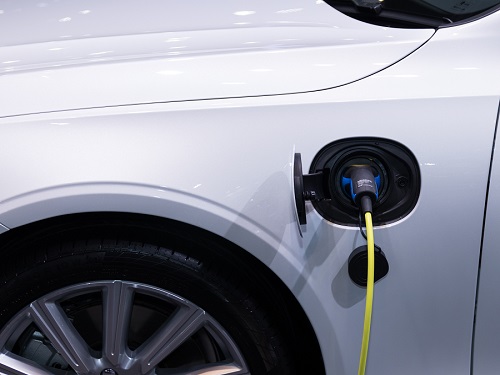Electric Cars Allowed in Bus Lanes (Pilot)

Cambridgeshire County Council’s pilot scheme to allow electric vehicles to use bus lanes from December 2020 has caused safety concerns among cyclists, who also use the bus lanes.
December Decision
Under an Experimental Traffic Regulation Order (ETRO), a pilot scheme running from 14 December 2020 until 13 June 2021 (with the option to extend up to 18 months), Cambridgeshire County Council is allowing electric vehicle drivers to use the bus lane on the Elizabeth Way Bridge in Cambridge. Prior to the new ETRO, the bus lane in that area could also be used by taxis and cyclists but the new ETRO in December also gave the go-ahead for motorcycles and fully electric vehicles to use the bus lane.
Why?
In its published “Statement of Reasons”, Cambridgeshire County Council says of its scheme to allow (monitored) fully electric vehicle use in the bus lane “The Government has legislated to ban the purchase of petrol, diesel and hybrid cars from 2035 and is encouraging drivers to purchase ZEVs. By allowing them to use bus lanes, it is hoped that this will provide an additional incentive for people to buy ZEVs”.
As regards the reason for allowing motorcycles to also use the lane as part of the experimental order, the council says “Motorcycles are more fuel-efficient and use less road space than cars, so the Council wishes to encourage greater use of them. Allowing motorcycles to use bus lanes is an additional incentive for people to purchase and use powered two-wheelers in preference to private cars”.
Cambridgeshire County Council has given anyone wishing to object to the order being made permanent or to make any other representation regarding the scheme has 6 months to do so in writing.
Cyclists Concerned
Cyclists have voiced concern over the council’s pilot scheme. For example, CAM Cycle, a Cambridgeshire cycling campaign group says that the move “should be extremely alarming to anyone who cares about cycling safety and public transport” and that “Electric cars are still cars. They take up a lot of space on the road, may endanger people who are cycling and will surely congest a facility that is meant to help public transport function more smoothly”. The group is also concerned that this move will set a precedent that could destroy the idea of public transport priority as well as making life more difficult and dangerous for cyclists.
CAM also stressed that instead of choosing a temporary pop-up cycleway in one of the lanes on the other side of the Elizabeth Way bridge to help people during the pandemic, the council instead chose “a backward form road spacer reallocation” by instead opting for an ETRO that gives more space for cars at the expense of buses and people cycling.
Motorcyclists Delighted
The news that motorcycles, as well as electric vehicles, have been given the go-ahead to use the bus lane on the same bridge in Cambridge on the grounds that “motorcycles are more fuel-efficient and use less road space than cars, so the Council wishes to encourage greater use of them” has been met with delight by the local Motorcycle Action Group (MAG) members. The County Council also stressed the benefit of being able to “reduce the likelihood of motorcyclists weaving between lanes of slow-moving traffic to avoid queues”.
What Does This Mean For Your Business?
There is now a general global agreement that climate change is real and that greenhouse gasses need to be drastically reduced. There are obvious congestion problems in many developed countries on the roads, as well as environmental targets to meet by governments. Electric vehicles, therefore, which have now been fully committed to by the big car manufacturers provide an important way to maintain mobility and drastically reduce emissions. The UK is aiming for only fully electric vehicles being sold after 2035 and so, from now on, more temporary schemes and ideas like the one in Cambridge are likely to appear on UK roads as a way of encouraging a switch to electric and a move to at least more fuel and space-efficient options like motorcycles on UK roads. For cyclists, however, who are already using a green (and space-saving) way to travel, it is understandable that the threat of silent electric vehicles or motorcycles hitting them is causing concern and annoyance. At the moment with lockdown restrictions in place, the full impact on the roads (and on the accident rate with cyclists) may not be possible to measure, but when lockdown restrictions have been lifted, the consequences of schemes like these may become clearer.
Sponsored
Ready to find out more?
Drop us a line today for a free quote!
